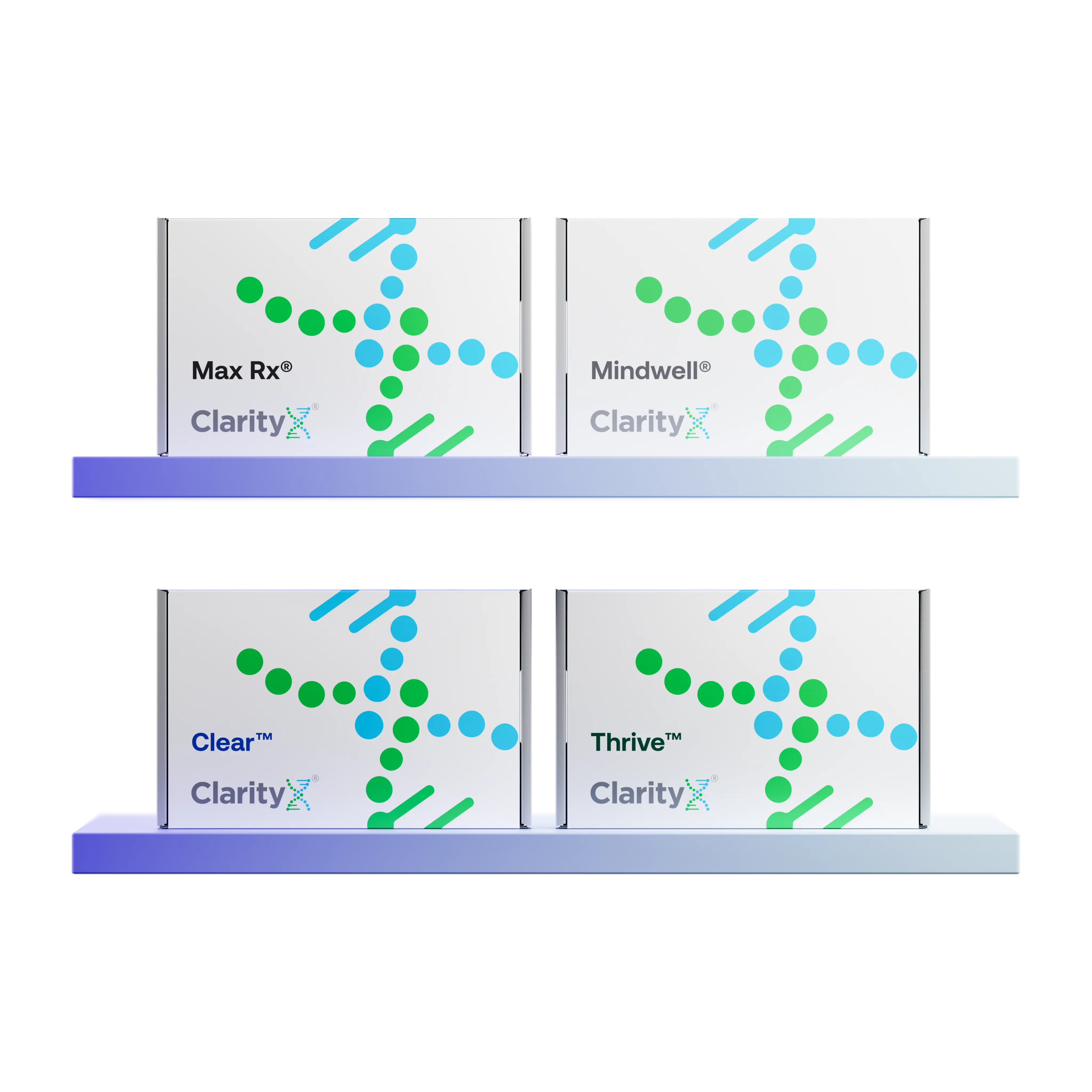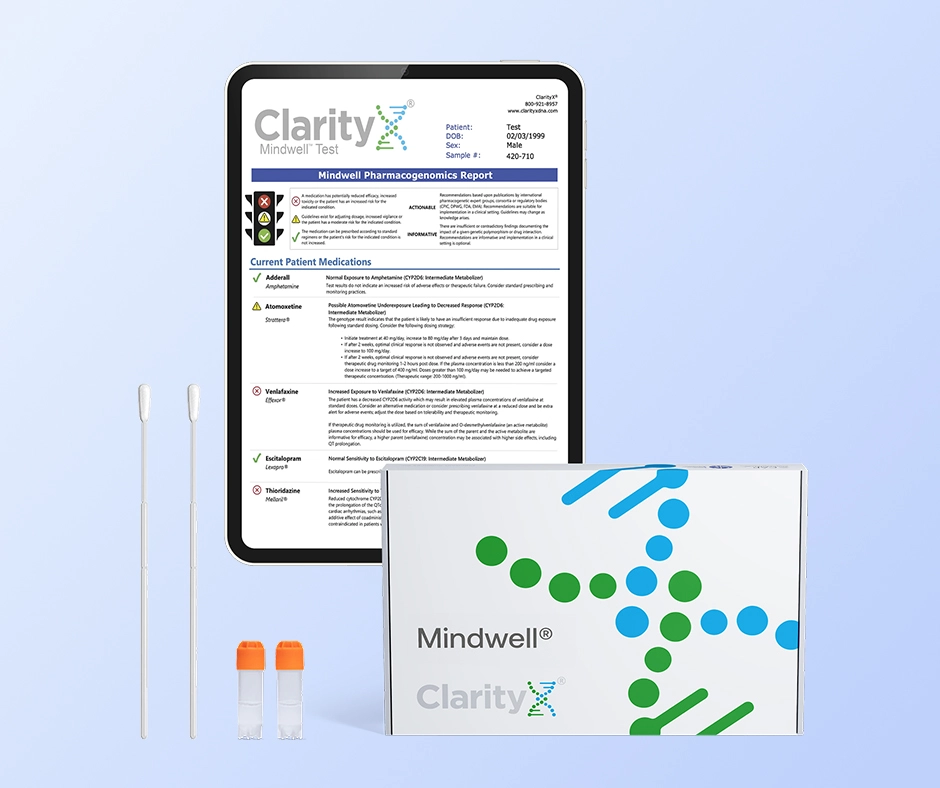Key Highlights
- Viibryd is a prescription medication used to manage major depressive disorder.
- It typically takes a few weeks for Viibryd to take full effect. Most people notice positive changes within 6 to 8 weeks.
- The medicine helps by controlling serotonin levels in the brain. Serotonin is a chemical that helps regulate mood.
- While most people handle Viibryd well, some common side effects can happen. These include nausea, diarrhea, and trouble sleeping.
- It is important to talk to your healthcare provider if you have any severe or lasting side effects while taking Viibryd.
Introduction
If you’ve recently started taking Viibryd (vilazodone) for depression or are considering it as a treatment option, it’s completely natural to wonder how long it will take before you start to feel better.
While Viibryd can be an effective medication, it doesn’t work instantly. In this article, we’ll explore how Viibryd works in the body, the typical timeline for noticeable improvement, and the factors that can influence how quickly it may take effect.
Understanding Viibryd: What It Is and How It Works
Viibryd is known as a serotonin partial agonist and reuptake inhibitor, or SPARI. This unique mechanism of action distinguishes it from other antidepressants. It alleviates depressive symptoms by performing two functions in the brain.
First, it functions as a selective serotonin reuptake inhibitor (SSRI), increasing serotonin levels in the brain by preventing its reabsorption.
Second, Viibryd functions as a partial agonist. This means it binds to serotonin receptors and enhances the effects of the serotonin already present in the brain. By focusing on these two mechanisms, Viibryd boosts serotonin activity, which is essential for managing mood, sleep, appetite, and other vital functions. This ultimately contributes to improved mental well-being.
The Mechanism of Action for Viibryd
To understand how Viibryd works, we need to examine how it influences chemical signals in the brain. Think of neurotransmitters, like serotonin, as messengers that help regulate our mood. When these signals are imbalanced, it can lead to depression. Viibryd functions as a serotonin partial agonist and reuptake inhibitor, often referred to as SPARI.
As a reuptake inhibitor, Viibryd prevents serotonin from reabsorbing into the brain. This allows serotonin to remain in the brain for a longer period. The increased serotonin levels in the synaptic cleft—the gap between nerve cells—contribute to improved mood. Viibryd also acts as a serotonin receptor agonist, meaning it can directly mimic the effects of serotonin to a certain extent.
Comparing Viibryd with Other Antidepressants
Viibryd is a different option among many commonly used antidepressants (e.g., SSRIs) due to its partial agonist activity. Initially, this activity was thought to provide a potentially quicker onset of action compared with other antidepressants. However, current research still suggests the effects are most often observed after about 4–6 weeks. Viibryd may be somewhat less likely to cause sexual dysfunction compared with alternatives, which can make it a useful alternative for individuals who have experienced this side effect.
Viibryd Dosage and Administration Guidelines
Viibryd is often taken once daily with food to promote absorption. The dose can be adjusted based on personal factors, such as symptom severity, your response to the treatment, and any underlying medical conditions you may have.
Doctors often start treatment with a lower dose and may adjust it as necessary. It is important to follow your doctor's advice and report any effects you experience. This collaboration helps both you and your provider develop the best treatment plan for your needs.
Recommended Dosage
The dose of Viibryd can vary significantly for each individual. Finding the appropriate dose is generally a collaborative effort between the patient and their healthcare provider. When someone begins taking Viibryd, the typical starting dose is approximately 10 mg once a day, taken with food. This initial dose allows the body to gradually acclimate to the medication.
Based on a person's response to this initial dose and their tolerance level, a healthcare provider may gradually increase the dose. The goal is to identify a dose that effectively manages symptoms while minimizing side effects.
It's important to note that many factors can affect the dose of Viibryd. These factors include the medical conditions being treated, other medications someone may be taking, and their personal response to the treatment. Factors like genetic variability in metabolism may also play a role in predicting variable responses among individuals. Keeping an open line of communication with the healthcare provider about any changes in symptoms, side effects, or overall health is key to ensuring the treatment plan works well and is safe.
Tips for Taking Viibryd Effectively
To get the most out of Viibryd, it’s crucial to follow your healthcare provider’s instructions. Consistency is key. Aim to take your medicine at the same time each day. This maintains steady medication levels in your body, which enhances its effectiveness.
If you forget a dose, don’t worry. Just take it as soon as you remember. However, if it’s nearly time for your next dose, skip the missed one and return to your regular schedule. It’s important not to take two doses at once. Doing this can raise the risk of side effects and could cause problems.
If you have any questions or concerns about your Viibryd treatment, feel free to reach out to your healthcare provider. Remember that having open conversations with your provider is essential for your safety and the success of your treatment.
Timing and Onset of Viibryd's Effects
When starting a new medication like Viibryd, it is normal to wonder how long it takes to feel better. Patience is important because it usually takes time for the medication to work fully. Many people notice some changes in their mood and a decrease in depressive symptoms after about 4 to 6 weeks of regular use.
However, obtaining the full benefits of Viibryd may take longer, typically around 8 to 12 weeks. Some might feel better sooner, but everyone responds to medication in their own way. It is key to keep talking with your healthcare provider during this period. This allows for monitoring your progress, addressing any concerns, and adjusting the treatment plan as needed for the best results.
Early in treatment, the focus is often on ensuring the medication is well-tolerated. This means starting with a relatively low dose, monitoring for side effects, and gradually increasing the dose over time if necessary. It’s essential to inform your healthcare providers if you experience any concerning side effects during the first few weeks of therapy.
Common Side Effects of Viibryd
Viibryd is often well-tolerated; however, it is essential to be aware of its potential side effects.
Side Effects of Viibryd
Common side effects of Viibryd include:
- Diarrhea
- Nausea
- Dry mouth
- Dizziness
- Difficulty sleeping
Some of these effects may improve as you adjust to the medication. If any effects persist or worsen, it’s important to talk with your healthcare provider.
It’s important to note that antidepressants like Viibryd have been associated with increased suicidal behaviors in young patients (i.e., adolescents and young adults). The support of family, friends, and healthcare providers is critical throughout therapy, but it is particularly important during the early stages. Any thoughts of self-harm should be discussed openly immediately.
Antidepressants like Viibryd are also associated with an increased bleeding risk, particularly when combined with other medications that have a blood-thinning effect. This includes medications like NSAIDs (e.g., ibuprofen), so these should be used together cautiously.
Although Viibryd is considered less likely to cause sexual dysfunction than some alternative antidepressants, this is still a potential side effect. Maintain open communication with your healthcare providers if you feel as though the medication may be impacting libido, etc.
The potential for weight gain is a common concern among individuals starting medications that support mental health. In general, Viibryd is considered weight-neutral. However, some individuals have experienced modest weight gain.
When to Consult Your Doctor
While many side effects may subside as your body adjusts to Viibryd, some symptoms may require immediate attention from your healthcare professional. If you have severe issues like chest pain, trouble breathing, seizures, or thoughts of hurting yourself or others, seek medical help right away. These signals may indicate a serious reaction that requires prompt attention.
Also, be aware of signs of allergic reactions. This includes hives, itching, swelling, dizziness, or trouble breathing. Tell your healthcare professional about any of these symptoms as soon as possible.
Interactions with Other Medications
When adding Viibryd to your treatment, it's important to consider how it may interact with other medications. Before starting Viibryd, inform your healthcare provider about all the medications you take, including prescription drugs, over-the-counter medicines, herbal supplements, and vitamins.
Sharing this information enables your doctor to develop a more effective treatment plan. It can minimize the risk of drug interactions and ensure your safety during treatment.
Common Drug Interactions to Avoid
Certain drug interactions can be very serious. It’s important to know about these risks. One key interaction to avoid is mixing Viibryd with monoamine oxidase inhibitors (MAOIs). These are a type of antidepressant that works differently.
Mixing these medications can cause too much serotonin to build up in the brain. This may lead to serotonin syndrome. Be careful with other drugs as well. Triptans, used for migraines, and some pain relievers can also increase the risk of serotonin syndrome or bleeding if taken with Viibryd.
Always talk to your healthcare provider before starting any new medications or supplements while on Viibryd. They can check for drug interactions, help you manage risks, and adjust your treatment plan to keep you safe.
Alcohol and Viibryd: What You Need to Know
It is best to avoid drinking alcohol while taking Viibryd. This is because alcohol can make some side effects of the medicine worse. These side effects include drowsiness, dizziness, and trouble with coordination. Also, alcohol can interfere with how well Viibryd works to treat depressive symptoms.
In addition, both alcohol and Viibryd can hurt your liver. Mixing these can add extra strain on the liver and might increase the risk of liver damage or other issues. This is especially important for people who already have liver problems. It is a good idea to talk to your healthcare provider for advice on drinking alcohol during your treatment.
Conclusion
Viibryd doesn’t provide immediate relief, but with consistent daily use, many people begin to notice improvements in mood, energy, and overall well-being within about 4–6 weeks. For some, it may take a bit longer due to variable responses or the need to adjust doses slowly over time. Staying in close contact with your healthcare providers is important to help ensure safe and effective treatment over time.
Lastly when considering treatment options like Viibryd your genetics can also play a vital role in determining which medications will be best suited for you. A simple test can help reduce the trial and error process associated with finding the right medication. Find out more by visiting www.clarityxdna.com
Frequently Asked Questions
How long until Viibryd starts working for most people?
Most people start to see some changes from Viibryd after a couple of weeks. They may feel slight improvements in their mood and energy. However, more pronounced effects often require 6 to 8 weeks of regular use.
Can dietary factors affect the efficacy of Viibryd?
There are no specific foods you must avoid when taking Viibryd. However, it is best to eat a well-balanced diet to support overall well-being.
What should I do if I miss a dose of Viibryd?
If you forget a dose, take it when you remember. If it’s nearly time for your next dose, just skip the one you missed. Don’t take two doses at once. Reach out to your healthcare provider if you have worries about missing doses or breaks in your treatment.
Are there any specific tests required while on Viibryd treatment?
Your doctor may suggest checking your blood pressure and liver function regularly. This is important because Viibryd can affect both. Talk with your healthcare provider about any tests or monitoring you might need.
References
https://dailymed.nlm.nih.gov/dailymed/drugInfo.cfm?setid=4c55ccfb-c4cf-11df-851a-0800200c9a66
https://pmc.ncbi.nlm.nih.gov/articles/PMC9206504/
https://pubmed.ncbi.nlm.nih.gov/23578403/
https://clarityxdna.com/blog/learn/genetic-testing-for-antidepressants-psychiatric-medications/






